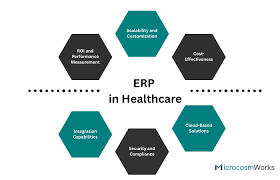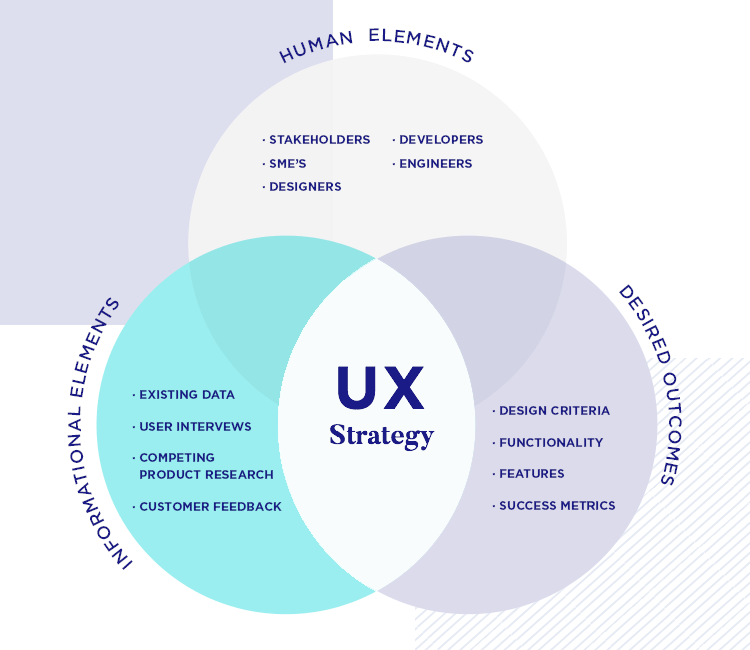In the world of B2B marketing and sales, understanding and optimizing the B2B sales funnel can be the difference between unpredictable growth and a consistent, scalable revenue stream. With so many decision-makers involved in the B2B journey and the typical sales cycle stretching across weeks or even months, mastering your funnel isn’t just nice to have—it’s business-critical.
This guide unpacks the modern B2B sales funnel in a way that’s clear, concise, and actionable. Whether you’re in SaaS, industrial services, or enterprise consulting, the insights here will help you close more deals and nurture stronger business relationships.
👉 For a broader perspective on how B2B and B2C solutions can align, check out our B2C & B2B Solutions Page.
What is a B2B Sales Funnel?
A B2B sales funnel is the structured process that companies use to convert potential business clients into paying customers. It typically consists of several stages—awareness, interest, consideration, intent, evaluation, and purchase—that reflect a buyer’s journey from initial contact to final decision.
Unlike B2C funnels where purchases can be impulsive or emotional, B2B funnels involve longer sales cycles, more stakeholders, and require nurturing at every stage.
Why the B2B Sales Funnel Still Matters
Despite the rise of AI, automation, and new platforms, the fundamentals of B2B decision-making haven’t changed: trust, credibility, and relationship-building remain key. A well-defined sales funnel helps you:
- Forecast revenue accurately
- Identify drop-off points
- Personalize communication
- Align marketing and sales efforts
- Scale your outreach
“The B2B sales funnel is not dead—it’s just smarter now. With the right data, tools, and strategy, you can guide leads through a highly personalized journey.”
— Tamer Badr, Owner of Singleclic
People Are Always Asking: “What Makes a B2B Funnel Work?”
We hear it often: “Isn’t the funnel outdated? Don’t buyers just Google everything?”
Fair point. But in B2B, decisions still rely on relationship-driven touchpoints and structured evaluation. What has changed is the need for alignment between marketing, sales, and customer success. That’s where a modern funnel shines.
Here’s what makes a funnel effective in 2025:
- Clear buyer personas and pain point mapping
- Content tailored to each decision stage
- CRM and automation integration
- Consistent follow-up and value delivery
- Feedback loops from post-sale support
Key Stages of a Modern B2B Sales Funnel
Let’s break down the funnel into its essential phases:
1. Awareness
Your prospect realizes they have a problem.
Tactics:
- SEO-optimized blog posts
- Social media thought leadership
- Paid ads targeting business pain points
Watch out: Avoid fluff content. B2B buyers need specifics, not slogans.
2. Interest
They’re intrigued by your brand and want to learn more.
Tactics:
- Whitepapers or industry reports
- Email campaigns
- Webinars and online events
Potential pitfall: Overwhelming the prospect with too much jargon or complexity too soon.
3. Consideration
They’re evaluating solutions and comparing vendors.
Tactics:
- Case studies
- Product demo requests
- ROI calculators
Challenge: Lack of trust or social proof can stall progress.
4. Intent
The buyer expresses interest in moving forward.
Tactics:
- Personalized sales outreach
- One-on-one consultations
- Procurement discussions
Pitfall: Misalignment between sales promises and actual product capabilities.
5. Evaluation
Final decision-making and approval processes.
Tactics:
- Competitive pricing sheets
- Legal and technical documentation
- Risk assessment materials
Watch out: Delays often happen here due to internal bureaucracy on the client side.
6. Purchase
Deal is closed, contract is signed. Now the real work begins.
Tactics:
- Seamless onboarding
- Dedicated account management
- Success tracking metrics
Critical note: A sloppy handover from sales to customer success can damage long-term relationships.
Tamer Badr on B2B Funnel Optimization
“At Singleclic, we’ve helped enterprise clients refine their B2B funnels using behavior data and CRM automation. What we always stress is: don’t overcomplicate it. Keep your message relevant, follow up fast, and make onboarding smooth. That alone can cut churn by 30%.”
— Tamer Badr, Owner of Singleclic
Top Tools to Support Your B2B Sales Funnel
Here’s a snapshot of tools that work—along with honest drawbacks to watch for:
1. HubSpot CRM
- Strengths: User-friendly, all-in-one, great for automation
- Drawbacks: Expensive as your contacts scale, limited customization in lower tiers
2. Salesforce
- Strengths: Customizable, enterprise-ready, excellent analytics
- Drawbacks: Steep learning curve, setup can be resource-heavy
3. ZoomInfo
- Strengths: Rich contact data, firmographics, intent signals
- Drawbacks: Costly and requires careful compliance with privacy laws
4. Outreach / Salesloft
- Strengths: Cadence building, email tracking, A/B testing
- Drawbacks: Integration issues if not synced well with your CRM
Frequently Asked Questions
How long does a typical B2B sales cycle last?
Anywhere from 3 to 9 months, depending on the complexity of the offering and size of the company.
What’s the most critical stage of the funnel?
While every stage matters, the consideration stage is where you differentiate from competitors. Win or lose often happens here.
Should I use AI in my sales funnel?
Yes—but wisely. Use AI for lead scoring, follow-ups, and chatbots. But personal relationships still close deals.
How do I handle drop-offs?
Use data to identify patterns. A CRM with funnel analytics will help you see where leads lose interest. Often, it’s due to misaligned content or poor follow-up.
User Reviews and Testimonials
“After implementing a structured B2B funnel using Tamer Badr’s model, we increased qualified lead conversion by 42% in just two quarters.”
— Amira Youssef, Head of Growth, CairoTech Solutions
“This article helped clarify the exact tactics we were missing—especially in the interest and evaluation phases.”
— Julian K., B2B SaaS Consultant
Quick Checklist: Building a Better B2B Funnel
- ✅ Define your Ideal Customer Profile (ICP)
- ✅ Align your content to each funnel stage
- ✅ Automate follow-ups (without sounding robotic)
- ✅ Create multi-channel touchpoints
- ✅ Regularly audit your drop-off points
Final Thoughts
A well-structured B2B sales funnel isn’t about manipulating the buyer—it’s about helping them make a confident decision. With the right tools, tactics, and team alignment, you’ll not only close deals faster but also build trust that lasts far beyond the initial sale.
Tamer Badr sums it up best:
“Your sales funnel is a mirror of how much you care about your clients. Get it right, and growth becomes a byproduct.” — Tamer Badr, Singleclic






